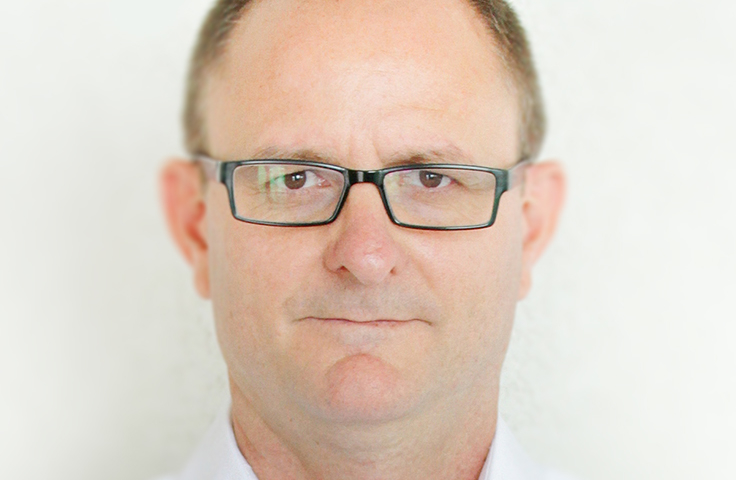
Global Footwear Awards Category winner Yehuda Azoulay discussed Link, Flipshoe, GFA 2020 winning design.
Making its debut on the international design stage, Global Footwear Awards (GFA) has begun its global search to identify the most innovative design in footwear. Link, Flipshoe was awarded the best in unisex category for pro level.
Link, Flipshoe is innovative shoe patent. Sole-based shoes. Link is free like flip-flops and safe like shoes – a new species of shoe – perfect for the intensive urban life. The design team of Link, Flip shoe includes: Olga Kravchenko, Elad Rash, Tamir Lavie, Roy Toledano.
GFA talks with Yehuda about his background and his winning project.
What is your background?
I have more than 25 years of experience in a vast area of design, for both private as well as public sector. My business includes product design, advertising, publishing, corporate design, web design, UX, UI and interactive projects. My unique contribution is in putting forward meaning and visibility that stands to challenge conventional thinking, and to break standard perceptions.
What do you see as the strengths of your winning project?
The fact that these are not shoes that included just design manipulations but rather revolutionary changes in the structure of the shoe that allows walking in a way that was not known until today.
What does this award mean to you personally?
Great satisfaction, appreciation for the long journey I have made together with my wonderful partners
What was most important for you when working on this project and what were the biggest challenges you faced?
The most important thing for me was (which also turned out to be the biggest challenge) to allow walkin with a shoe that on the one hand will protect the foot and on the other hand will be ventilated to the maximum – like a horseshoe to the foot.
What is your guiding design principle?
As simple as possible. We have reduced the details to the required minimum. The knowledge is that simplicity has a functional, and emotional value and that is what we aspired to achieve.
Where do you get motivation and inspiration from for your work?
From a horseshoe. The ambition was to achieve something similar for human feet. There were quite a few options that were examined and in the end we chose the current option.
How/when did you discover that you wanted to work in design?
It happened about 30 years ago and it didn’t start with shoe design but with graphic design. Once I discovered that design is a way to create my own world, it pushed me to try to design everything and indeed I experimented with architectural design, interior design, product design and more – by the way, the credit for the design of Link structure belongs to Olga Kravchenko.
Is there something [shoes or any other product] that you wished you had designed?
I would very much like to be the one who invented the wheel. It is a basic and simple object whose effect is infinite in our world. I’m always trying to think of how I can take something basic and make it even more basic.
How do you think your own culture and environment has shaped your personal and professional creative vision?
I think the Israeli culture in which I grew up constantly challenges you to think quickly about solutions to problems that are constantly emerging – I kind of believe that in a more relaxed culture, the burst of innovation is more delayed.
What would be your dream design project?
I really want to design products whose impact on the world is dramatically significant. My desire is to have the time and money to invest everything in solutions that will allow even the weakest groups in the world to have an equal opportunity.
What is your design mantra you live by?
More is waste (of better resources and ideas)